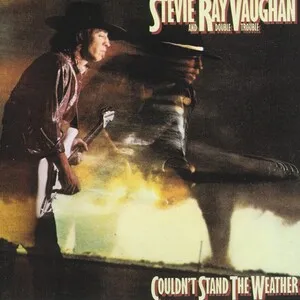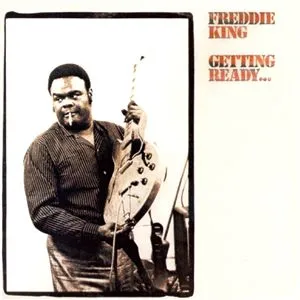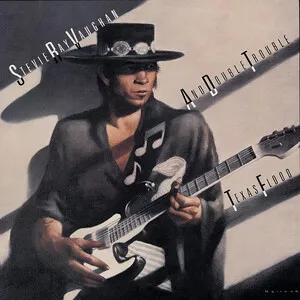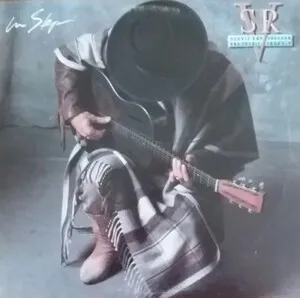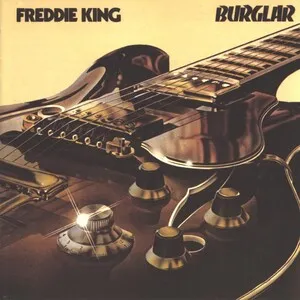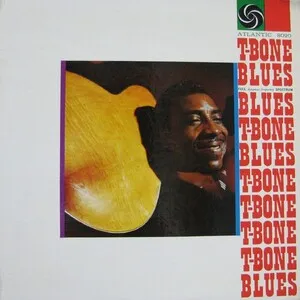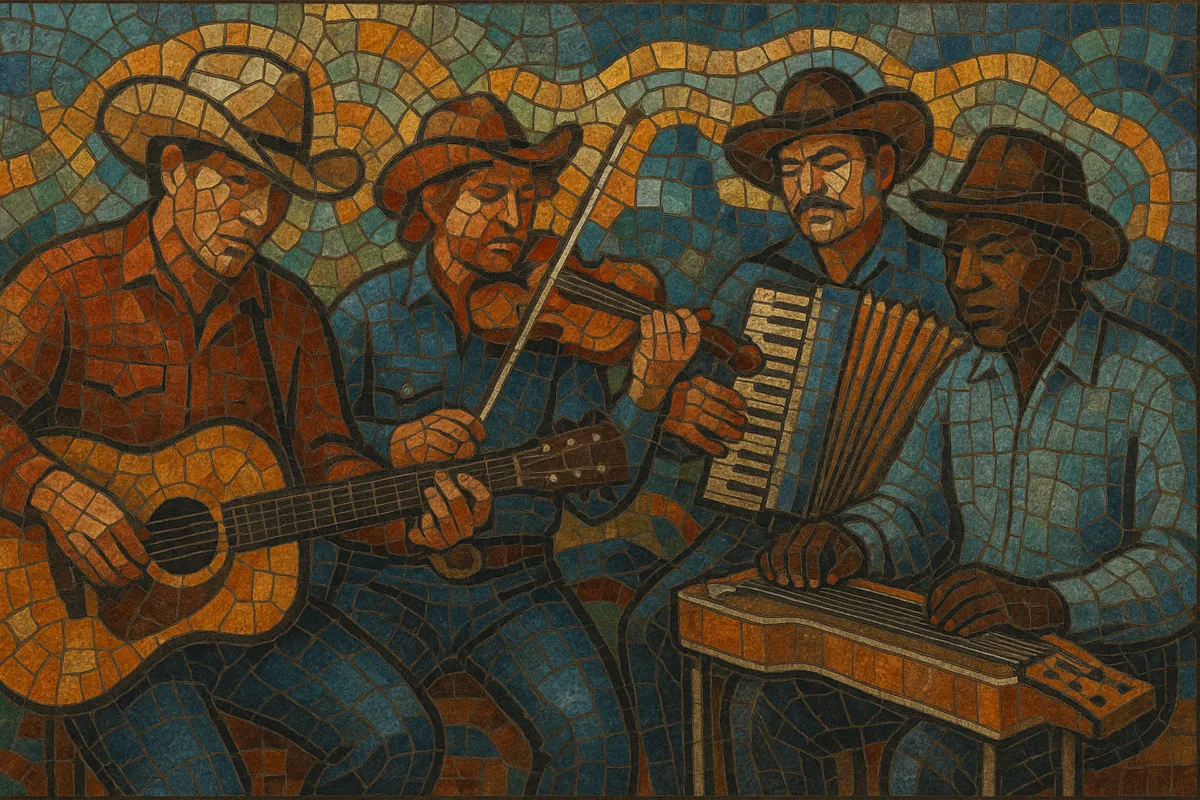
Texan music is a regional umbrella that blends Anglo-American country and western, African American blues and gospel, and Mexican/Tejano traditions into a distinctive sound shaped by Texas dancehalls, border culture, and a strong independent ethos.
Across its many strands you will hear fiddles and steel guitar alongside Telecaster leads, accordions and bajo sexto, shuffling Texas blues backbeats, and the two-step polka and waltz rhythms brought by German and Czech immigrants. Storytelling is central: songs chronicle ranch and refinery work, open roads, honky-tonks, and life along the Rio Grande, often in plainspoken, image-rich lyrics. The result ranges from intimate singer‑songwriter ballads to big-band Western swing, from Tejano and Tex‑Mex dance music to gritty electric blues and country outlaw swagger.
Texas’s musical identity formed in the 1800s as cattle‑trail ballads, Anglo fiddle tunes, and sacred song met Spanish/Mexican folk traditions. German and Czech immigration added polka and waltz rhythms that became staple Texas dancehall grooves.
The state became a powerhouse for blues (e.g., Blind Lemon Jefferson, later Lightnin’ Hopkins) with a spacious, shuffling guitar style that foreshadowed electric Texas blues. Simultaneously, bandleaders such as Bob Wills fused string‑band country, jazz, and polka into Western swing—music built for big Texas dance floors.
Conjunto and Tejano flourished as accordions and bajo sexto carried polka and ranchera grooves into Texas cantinas and ballrooms. Honky‑tonk (Ernest Tubb, Lefty Frizzell) defined a barroom country sound. Rock and roll also took flight from Texas (Buddy Holly in Lubbock), adding twang, backbeat, and teenage energy.
Austin’s progressive country movement and the “outlaw” spirit (Willie Nelson, Waylon Jennings’s Texas ties, Townes Van Zandt) emphasized songwriter craft and artistic independence. A blues revival led by Stevie Ray Vaughan pushed the searing, swinging Texas electric guitar nationwide. Tex‑Mex and Tejano modernized with pop and rock elements.
Texas country and Red Dirt scenes kept the dancehall tradition vibrant, while Tejano (Selena) achieved global reach. Singer‑songwriters, roots rockers, and blues artists continue to define venues from Austin to Houston and San Antonio. The state’s cross‑cultural DNA remains audible—two‑step and shuffle grooves, borderland melodies, and plainspoken narratives—across contemporary Americana and beyond.

